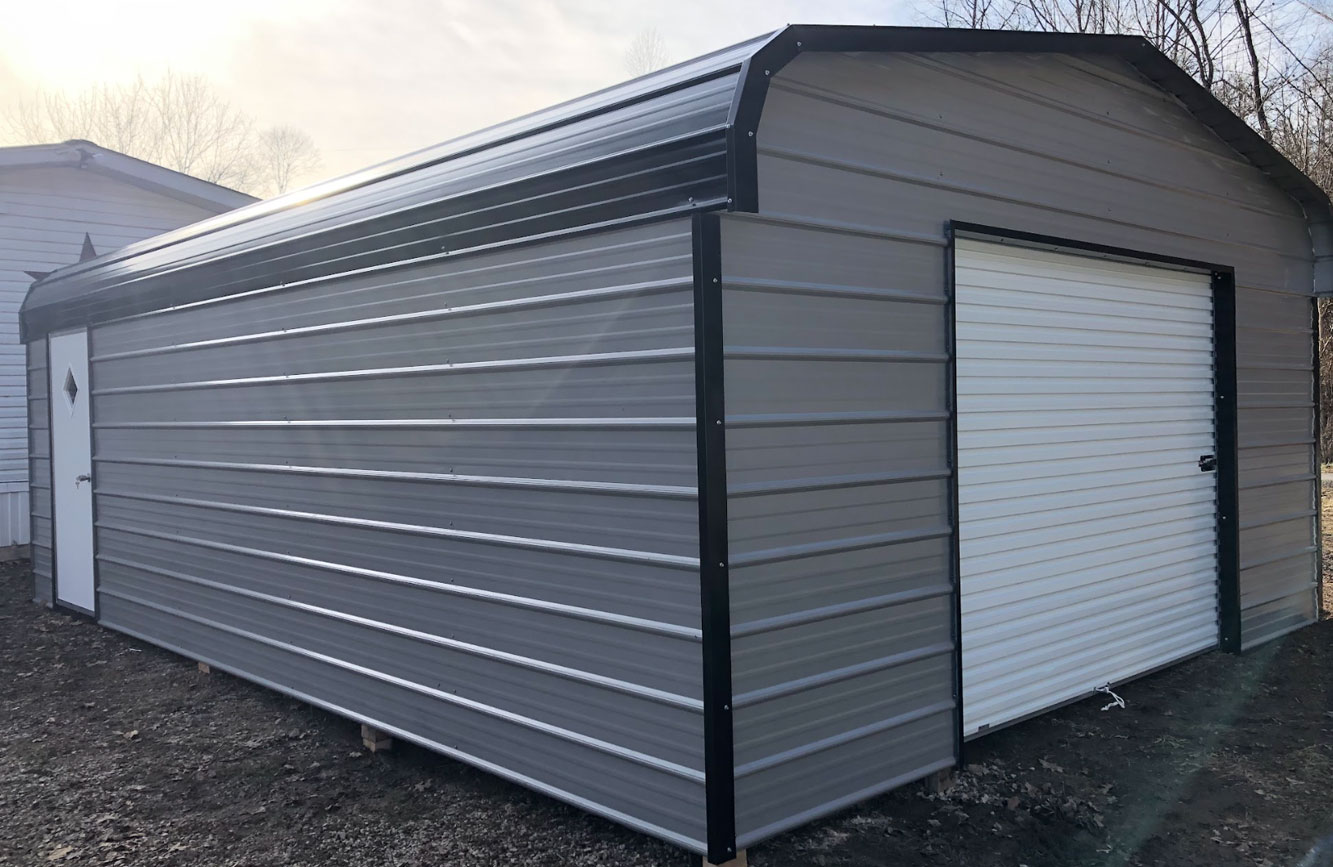
Many homeowners in North Dakota contemplate adding a garage to their property for the convenience of vehicle storage, extra space, or a workshop area.
When considering garage options, attaching a metal garage to your house may seem like a practical choice. However, there are several factors to consider before proceeding with this decision.
Building codes
Firstly, local building codes and regulations must be carefully reviewed to determine if attaching a metal garage to your house is permitted. Some municipalities have strict zoning laws that dictate the distance and configuration of structures in relation to the main dwelling. It’s essential to obtain the necessary permits and approvals before embarking on any construction project.
Structural integrity
Another consideration is the structural integrity of your existing home. Attaching a metal garage requires careful planning and reinforcement to ensure that it can support the additional weight and stress of the new structure. Consulting with a structural engineer or professional contractor is recommended to assess the feasibility of attaching a metal garage to your house.
Visual appeal
The architectural style and aesthetic appeal should be taken into account. While metal garages offer durability and versatility, they may not always seamlessly blend with the design of your home. Consideration should be given to the visual impact and cohesion of the attached structures to maintain the overall curb appeal of your property.
Furthermore, practical considerations such as access and functionality should be evaluated. Ensure that the attached metal garage provides convenient entry and exit points for vehicles, as well as adequate space for storage or workshop activities. Proper insulation, ventilation, and lighting are also essential factors to consider to create a comfortable and functional space.
In conclusion, attaching a metal garage to your house can be a viable option for expanding your property’s storage or workspace capabilities. However, careful planning, adherence to building codes, structural assessment, and aesthetic considerations are crucial steps in ensuring a successful outcome.
Consult with a professional to thoroughly evaluate your needs and options, you can make an informed decision that enhances the value and functionality of your home.
